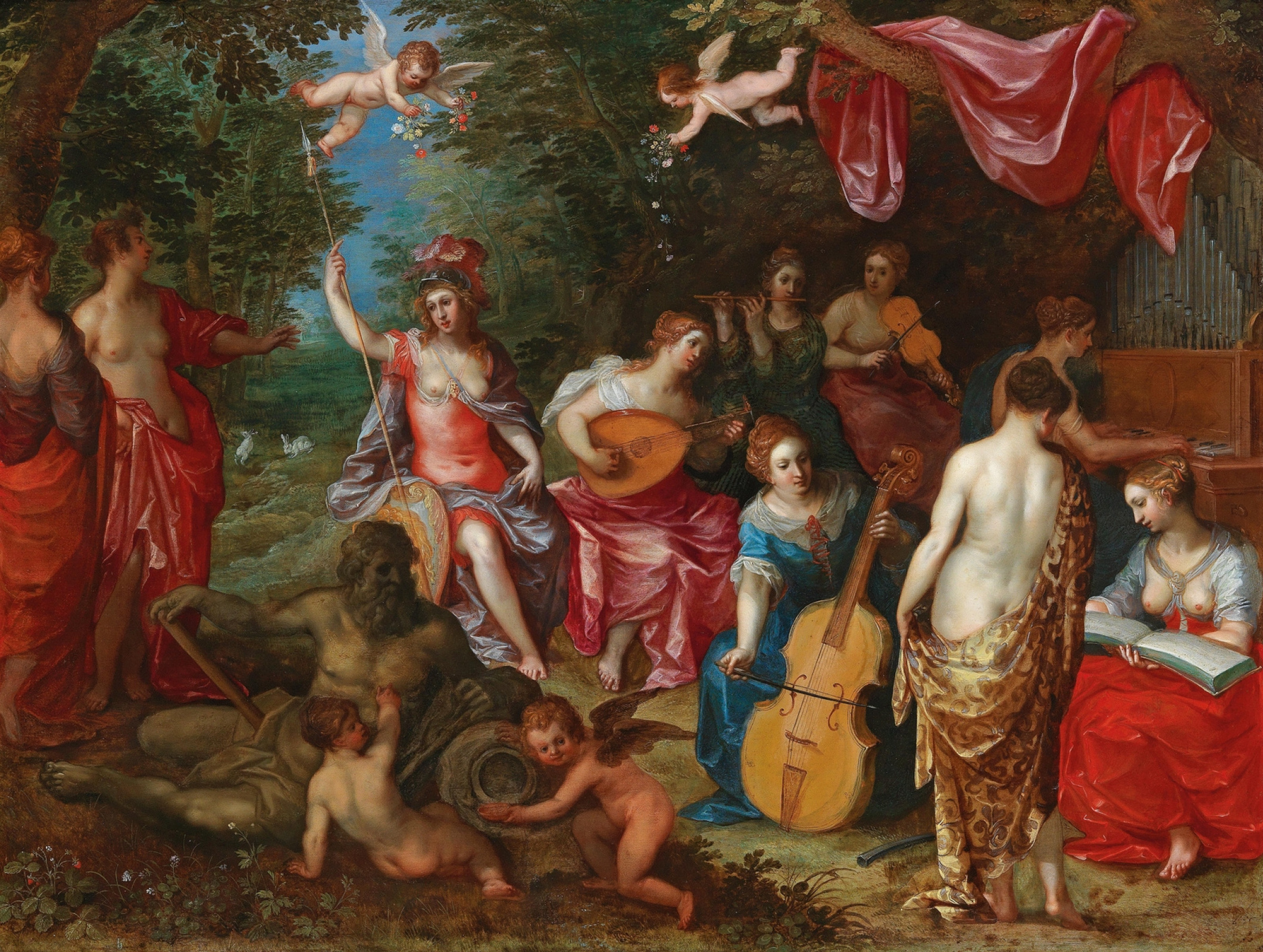The silence that covers the thrones is woven over centuries. In every era, the world holds its breath and asks: “Where is Sophia?”. Wisdom, whether persecuted, exiled, or veiled, is the secret measure of every cycle of humanity. Her absence marks the beginning of the fall; Her return heralds restoration. The invisible thread that stitches myth and history together.
In Ancient Egypt, when Hatshepsut ascended the throne, she crowned herself pharaoh, donning the false beard and bare chest, invoking not just power but the legacy of Maat, the goddess of truth, justice, and order, direct reflection of Egyptian Sophia. During her reign, temples were raised to Maat, inscriptions celebrated harmony between heaven and earth, and even the empire’s administration imitated cosmic balance. Yet, when the pharaohs forgot the principle of Maat, the cycle broke; plagues came, invaders crossed borders, and the land lost the blessing of the Nile’s inundation.
In Greece, the sixth century BC saw the birth of the first philosophers, men like Pythagoras, who founded a brotherhood where the mysteries of Sophia were taught in secrecy. Disciples had to maintain silence for five years before hearing the master’s word; Sophia does not reveal Herself to those who seek power for its own sake, but only to the patient initiate. At Delphi, the Pythia would sit upon her tripod, inhale sacred vapours and answer in riddles; the city flourished as long as the oracular voice was heeded, but declined when politicians chose to listen only to themselves. The forgetting of the symbol always preceded the fall.
In Jerusalem, Solomon built the Temple upon the rock, summoning Phoenician architects, Egyptian craftsmen, and priests who carried the Ark of the Covenant. In the Holy of Holies, between golden cherubim, dwelled the Shekinah, the feminine presence of Sophia in the Jewish tradition. It was said that when the people grew corrupt and sold sacrifices without soul, the Shekinah would depart; the temple would be pillaged, the people exiled, wisdom dispersed among the nations. The return from exile was always celebrated as the Lady’s return to Her throne, Wisdom restored to the centre of life.
In the first century of our era, Alexandria became the great beacon of ancient knowledge. Here, philosophers, Jews, Egyptians, Persians, and Gnostic Christians crossed paths, translating manuscripts and debating the secret of Sophia. Hypatia, daughter of Theon, taught philosophy and mathematics to the city’s youth; she was called “priestess of Sophia”. Her death, dragged through the streets by a mob, marks the triumph of fanaticism and the beginning of a long night for ancient wisdom. The fire at the Library of Alexandria is the image of the torn veil, of memory lost.
In the High Middle Ages, the cathedral schools appeared, forerunners of the universities. Here, women such as Hildegard of Bingen wrote their visions on parchment, invoking Sophia as “Viriditas”, the green living light, announcing that the Holy Spirit blows where it wills. In the twelfth century, the troubadours of Southern France sang to the Lady, Mistress of the Heart; the Cathars spoke of the fallen Sophia and the Paraclete, the Gnostic comforter defying Rome. The crusade against the Cathars was not merely political; it was an attempt to silence dissident Wisdom, to stifle the feminine.
In the twelfth and thirteenth centuries, Sophia found sanctuary in the gardens and poetry of the Sufi mystics. Rabi’a al-Adawiyya, a woman of Basra, composed hymns to the divine Beloved, renouncing all earthly attachments in Her ecstatic pursuit of Love as Wisdom. Later, Ibn ‘Arabi would describe Sophia as “the Lady of All the Worlds,” who teaches that every revelation is an unveiling of Her veiled beauty. For the Sufis, Sophia is the green tree in the desert, the light in the darkness, the face glimpsed behind every mask. Every recitation of the Divine Names, every whirling dance, every poem in praise of Layla or Fatima is a defence of Sophia against the rule of dead matter.
In the fifteenth century, Florence was set aflame by Sophia’s spark; Marsilio Ficino translated Plato and the Chaldean Oracles, founding the Platonic Academy, where it was believed that Love leads to the vision of Wisdom. Botticelli painted “The Birth of Venus”, and Leonardo sought the golden number in bodies. Yet, plague, famine, and the Inquisition always reminded the city that the presence of Sophia is fiercely contested by shadowy forces.
In the nineteenth century, Sophia returns as the Sibyl of the Romantics, women such as Mary Shelley, Emily Dickinson, or Hildegard’s namesake, who write verses as oracles. In the twentieth, Simone Weil champions attention as Sophia’s path, and Rosa Luxemburg warns that “those who do not move do not notice their chains”. Every woman who writes, every mystic who dreams, every poet who prays against emptiness, raises the defence of Sophia even when surrounded by iron and fog.
Today, ruins multiply. Cities are vast palaces of glass and concrete, but few know how to kindle the flame of Sophia amid stone and metal. The Lady has not departed; She merely hides Her face in shop window reflections, in the patterns of traffic, in the sound of bells from empty churches. Wherever someone draws a Rose in a notebook, lights a blue candle before the mirror, consecrates salt or whispers the secret Name, Sophia re-enters the world; for an instant, matter again becomes the womb of Mystery.
The Mirror declares: every age is judged by its treatment of Sophia. The fall of Alexandria, the destruction of the Temple, the silence of libraries, the edicts against women, the arrogance of empires, all these are all signs of the Lady’s exile. Yet every renaissance, in stone, in word, in revolt, in secret gesture, is the sign of Her return. And, as long as there are those who call upon Her, Sophia will never be vanquished by the void.
